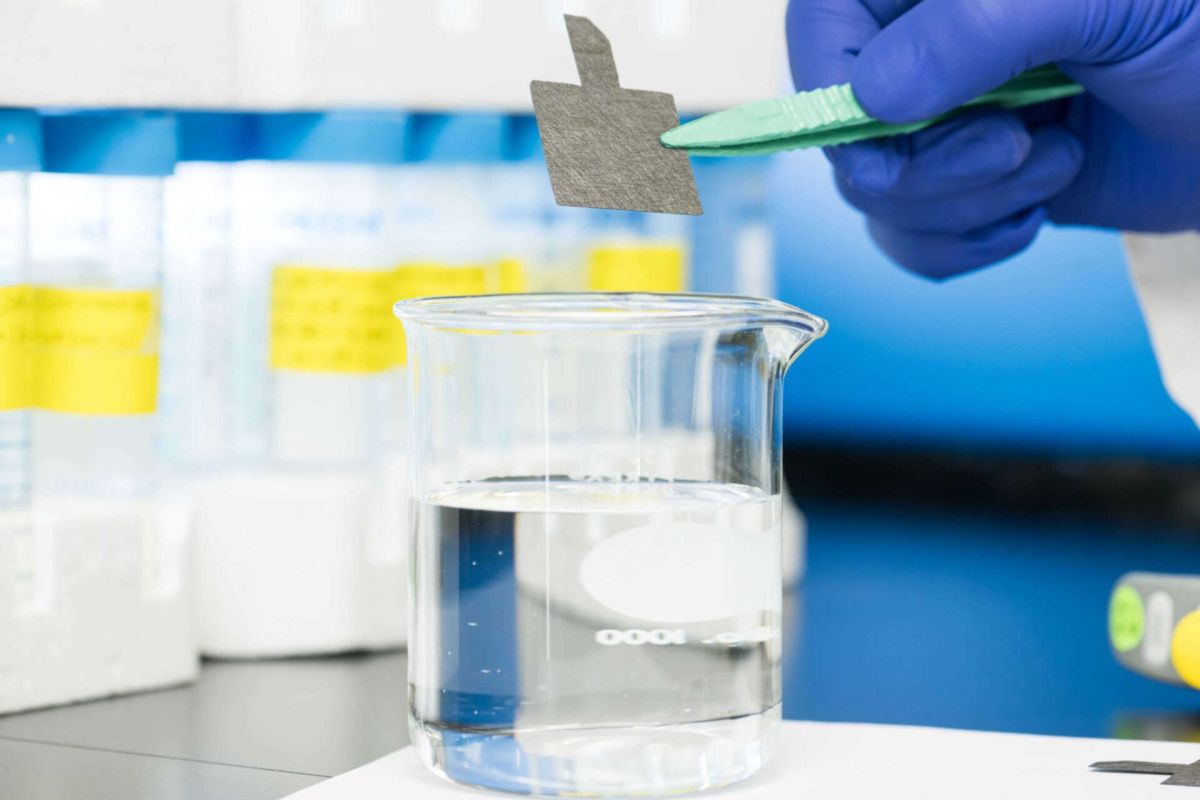Substances known commonly as "forever chemicals" are widespread in the environment, and their presence in water supplies is a particular concern.
Per- and polyfluoroalkyl substances were once prominently used in nonstick cookware and waterproof clothing, but they have been largely phased out after it was found they persist in the environment and are linked to health issues like kidney cancer and developmental problems in fetuses. They can still sometimes be found in plastics and firefighting foam, and they have other uses in green technologies like geothermal heat pumps and solar cells.
Promisingly, scientists have developed a process that can remove them from water more cheaply than other methods used so far.
Research published in the Journal of Catalysis, shared by Futurity, has shown an electrochemical process that can defluorinate the harmful toxins.
"Using pulsed laser in liquid synthesis, we can control the surface chemistry of these catalysts in ways you cannot do in traditional wet chemistry methods," professor of chemical engineering at the University of Rochester Astrid Müller said, per Futurity. "You can control the size of the resulting nanoparticles through the light-matter interaction, basically blasting them apart."
Müller argues that PFAs can be useful in the fight against global heating thanks to their benefits in the creation of energy, so banning them entirely might be counterproductive. But the health concerns are troubling, and this new method could signify a way to remove PFAs from water sources cheaply and effectively, allowing them to be used in a "circular, sustainable way."
Unlike existing technologies, the process uses non-precious metals and can be up to 100 times cheaper than treating polluted water using a boron-doped diamond, which can cost up to $8.5 million per cubic meter.
Müller said that making the pollution removal system commercially viable is still a challenge, but it at least points to a future when it could be used in wastewater treatment facilities. She also sees sustainable energy as having a role to play.
"An advantage of an electrocatalytic approach is that you can use it in a distributed fashion with a small footprint using electricity from solar panels," Müller added.
Join our free newsletter for weekly updates on the coolest innovations improving our lives and saving our planet.









